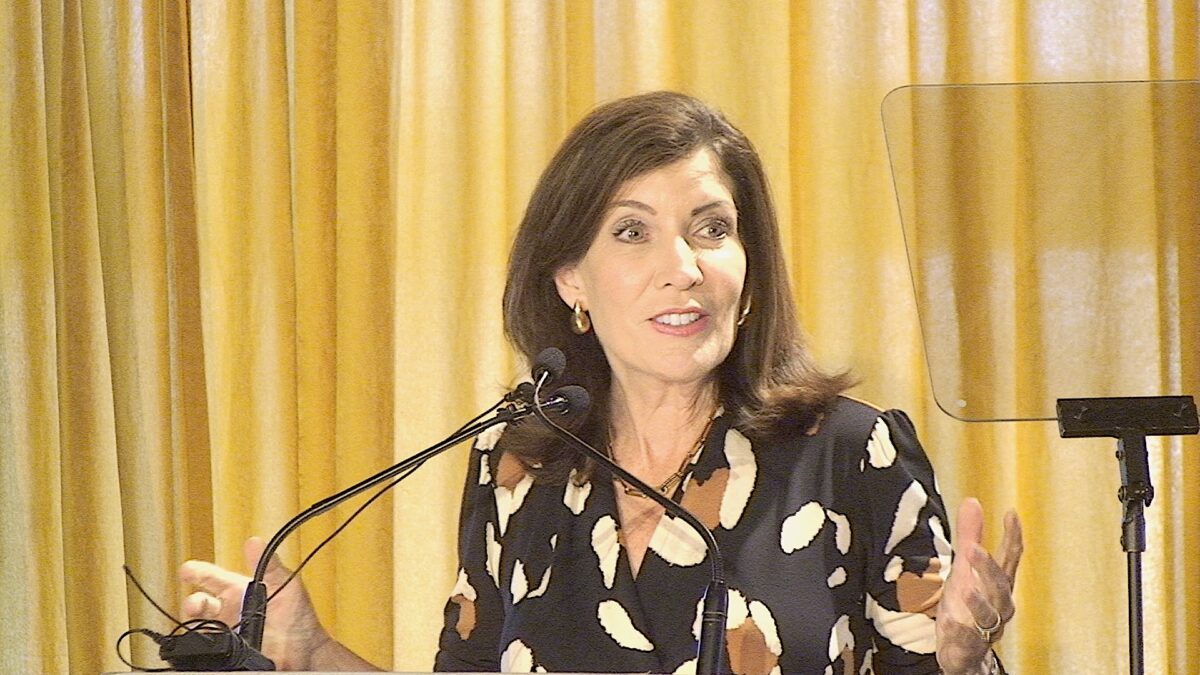
When it comes to keeping up with federal requirements for control of air emissions, businesses sometimes share a common burden with state regulators.
For example, in 2005 the U.S. Environmental Protection Agency (EPA) adopted the Clean Air Interstate Rule ”“ better known as CAIR ”“ designed to address effects of power plant emissions that contribute to ozone and particulate pollution in other states.
The bulk of such pollution in Connecticut is, in fact, imported from “upwind” states.
The state DEP (now DEEP ”“ the Department of Energy and Environmental Protection) began the arduous process of adopting regulations to meet the requirements of CAIR, and businesses prepared to comply.
However, a federal lawsuit resulted in a 2008 ruling that said the EPA had missed the mark with CAIR and would have to write a new rule.
The new Cross-State Air Pollution Rule is now out and the good news is that Connecticut is exempt, because recent air quality modeling shows that our power plant emissions do not significantly contribute to pollution in downwind states.
The bad news is that the EPA is telling Connecticut that emission reductions that could have been realized by implementing the state”™s CAIR regulations must still be achieved, even though the federal CAIR program is now defunct.
To comply with the EPA”™s demands, the state will have to create yet another new regulation and the agency says it must be in place by Jan. 1.
So the next time you get a headache trying to figure out your air emission requirements, you may want to call DEEP and commiserate with the folks in the Bureau of Air Management.
Eric Brown is associate counsel at the Connecticut Business and Industry Association in Hartford and a specialist in environmental law and energy and transportation issues. Reach him at eric.brown@cbia.com.


















